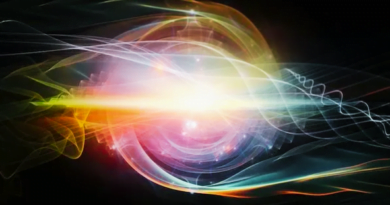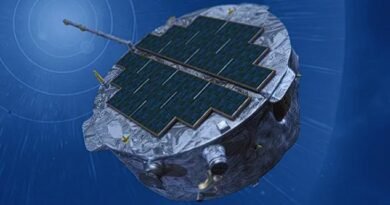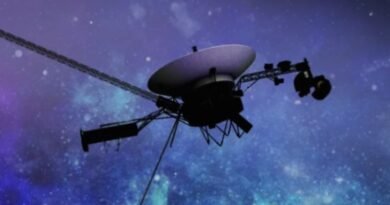Astronomers Seeking Alien Messages within Supernova Explosions

Leading astronomers are scanning supernova explosions for potential signals from extraterrestrial civilizations, pushing the boundaries of space exploration and discovery.
Astronomers speculate on the potential for extraterrestrial beings to utilize cosmic phenomena like supernovae as a means of signaling their existence. Picture yourself as an alien on a distant planet, eager to communicate with other civilizations. Instead of broadcasting blindly into the vastness of space, how could you ensure your message gets noticed? Recent research suggests that advanced civilizations might harness one of the most luminous events in the cosmos—supernovae—to broadcast their presence.
Supernovae, the explosive deaths of massive stars, shine brilliantly, emitting energy equivalent to billions of suns. Astronomers worldwide take note when these cataclysmic events occur. A recent example occurred in May of this year, when supernova SN 2023ixf erupted in the nearby Pinwheel Galaxy (M101), captivating astronomers and amateur stargazers alike, despite M101 lying 21 million light-years away.
James Davenport, an assistant professor of astronomy at the University of Washington, leads a team exploring the concept of extraterrestrial civilizations coordinating messages with supernova light—a strategy known as ‘signal synchronization.’ According to Davenport, this approach could allow aliens to send a conspicuous signal, effectively announcing their presence to potential observers.
The success of this strategy hinges on targeting stars within the ‘SETI ellipsoid,’ a region of our Milky Way galaxy where astronomers anticipate extraterrestrial civilizations might reside. However, for this tactic to succeed, the alien civilization must be closer to the supernova than Earth, enabling them to observe the event first and then transmit a synchronized message to coincide with our observations. This approach bears similarities to calculating echoes, as Davenport explains.
Thanks to modern space technology, such as the Gaia mission, precise star locations are now available, allowing researchers to identify around 100 stars currently within the SETI ellipsoid. Davenport’s team aims to detect any signals from these stars using instruments like the Allen Telescope Array in California. While no signals have been detected thus far, Davenport remains optimistic, planning multiple observations to address uncertainties in signal arrival times.
As time progresses, the SETI ellipsoid evolves, incorporating new stars and extending the reach of supernova light and relayed signals. Despite the long timeframe and uncertain outcomes, Davenport views this endeavor as a legacy project, akin to institutions like the University of Bologna, which has operated since 1088.
Although success may be distant, Davenport believes in the significance of the effort, envisioning that future generations may regard observations of stars near supernovae as historically significant achievements.








